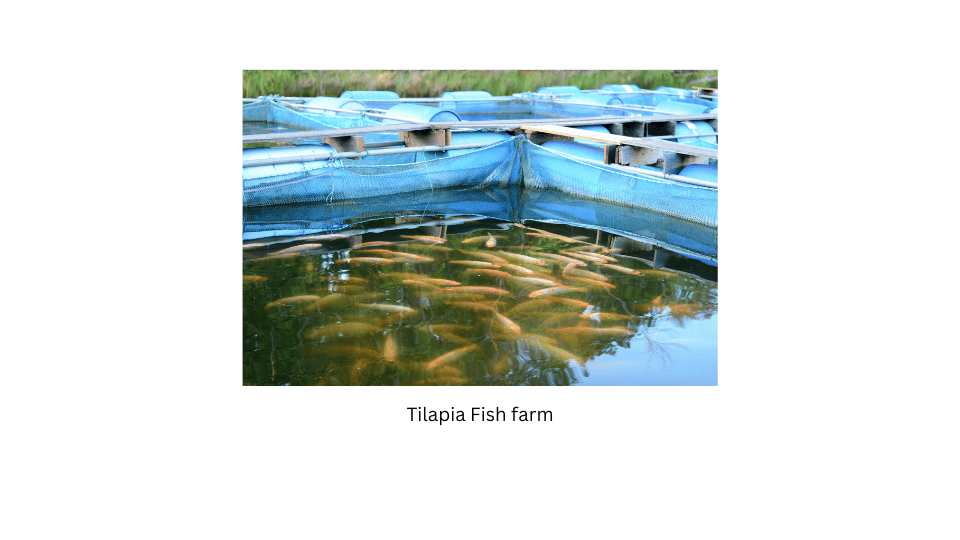5. Complete Activity 12.5 (Page 150).
• Visit a fish farm in fish breeding season and note the following:
(1) Varieties of fish in fish farm
(2) Types of ponds
(3) Feed ingredients used
(4) Production capacity of the farm If there are no fish farms close to your locality, gather the above information from Internet, by referring books or talking to people who are engaged in fishery.
Answer:
I visited a fish farm in West Bengal and noted the following:
Varieties of fish: The fish farm primarily cultivated various freshwater fish species such as Rohu, Catla, Tilapia and Prawn for commercial purposes. Additionally, goldfish were also bred separately for decorative purposes.
Types of Ponds: There were several kinds of ponds. Earthen ponds, concrete tanks, and plastic-lined ponds were most commonly used to breed fish.
Earthern ponds are cheap to build because they involve digging a hole in the ground. They are suitable for a wide range of freshwater fish. Earthen ponds require proper water management to maintain optimal conditions for fish growth. This includes regular monitoring of water quality parameters such as temperature, dissolved oxygen, pH, and ammonia levels. Water exchange and aeration may be necessary to prevent oxygen depletion and accumulation of waste products.
Concrete tanks are alsowidely used for their durability and ease of maintenance. They need regular monitoring of water quality parameters such as temperature, dissolved oxygen, pH, and ammonia levels. Filtration and aeration systems may be installed to improve water quality and oxygenation. They are suitable for both freshwater and marine fish species.
Plastic-lined ponds are made by digging a shallow basin in the ground and then lining it with plastic sheets or liners. Proper water management has to be carried out like with the other two types of ponds such as monitoring temperature, dissolved oxygen, pH, ammonia levels along with proper aeration. They are suitable for both freshwater and marine fish species.
Feed ingredients: Fish were fed a balanced diet including fishmeal, fish oils, soybean meal, rice bran, wheat bran, vitamins, minerals, amino acids and some fats.
Production capacity: 10–15 tonnes per hectare per year.

“Visit a fish farm in fish breeding season and note the following:
(1) Varieties of fish in fish farm
(2) Types of ponds
(3) Feed ingredients used
(4) Production capacity of the farm If there are no fish farms close to your locality, gather the above information from Internet, by referring books or talking to people who are engaged in fishery.” – Solved.
Related Links:
Solution to Activity 12.1
Solution to Activity 12.2
Solution to Activity 12.3
Solution to Activity 12.4
Solution to Activity 12.5
Solutions to Chapter 12 Improvement in Food Resources


